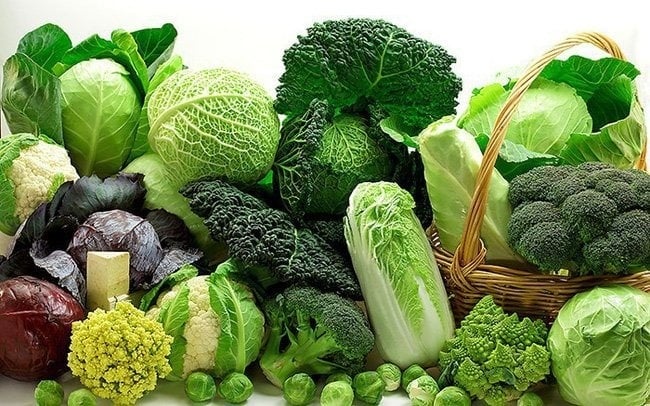Green vegetables are not only known as important sources of nutrients, but they also bring a rich variety of colors and flavors to our daily diet.
Eating green vegetables has many health benefits. They are rich in fiber, vitamins, minerals, and important antioxidants. Having a diverse diet with green vegetables helps provide energy, support digestion, boost the immune system, and reduce the risk of diseases.

To maximize the benefits of green vegetables, it is important to consume an adequate amount every day. It is often recommended to eat at least 5 servings of green vegetables per day, including a variety to ensure a complete range of nutrients.
To preserve the delicious taste of green vegetables, you can experiment with cooking methods such as steaming, stir-frying, or consuming them raw. You can also combine green vegetables with other ingredients in your meals to create rich and appealing dishes.
4 advantages of leafy green vegetables for health
Abundant source of calcium:
Leafy green vegetables such as spinach, kale, broccoli, Brussels sprouts, mushrooms, Swiss chard, and sweet potato leaves contain a high amount of calcium, surpassing that of milk. Although some vegetables contain oxalic acid that affects calcium absorption, removing it by blanching in boiling water before cooking is feasible.
Blood sugar control:
Studies have shown that consuming leafy green vegetables reduces the risk of developing diabetes. Each 0.2 servings per day of increased green vegetable intake has reduced this risk by 13%.

Reduced lung cancer risk:
Multiple studies have shown that eating more leafy green vegetables reduces the risk of developing lung cancer. A study of over 60,000 men in Shanghai showed that increased consumption of green vegetables reduced this risk by 28%.
Enhanced brain function:
Consuming one serving of leafy green vegetables per day can delay age-related cognitive decline. Eating more leafy green vegetables can help preserve the quality of brain function during aging. These benefits make adding more leafy green vegetables to your diet not only a nutritional habit but also a beneficial decision for overall health.
Which types of leafy green vegetables require blanching?
In the digestion process, the combination of oxalic acid and calcium can create insoluble calcium oxalate, reducing calcium absorption. Furthermore, absorbing a large amount of oxalic acid into the blood can increase the level of oxalic acid in urine and promote the formation of calcium oxalate stones.
To optimize calcium absorption from leafy green vegetables, removing oxalic acid is important. Oxalic acid in vegetables can be classified into two types: insoluble and soluble. Insoluble oxalic acid is difficult to remove by cooking, while soluble oxalic acid can be effectively removed through the blanching process.
The blanching process not only helps break down the cell structure of vegetables but also facilitates the dissolution of oxalic acid. Therefore, blanching in boiling water is a key step before cooking vegetables with high oxalic acid content.






































